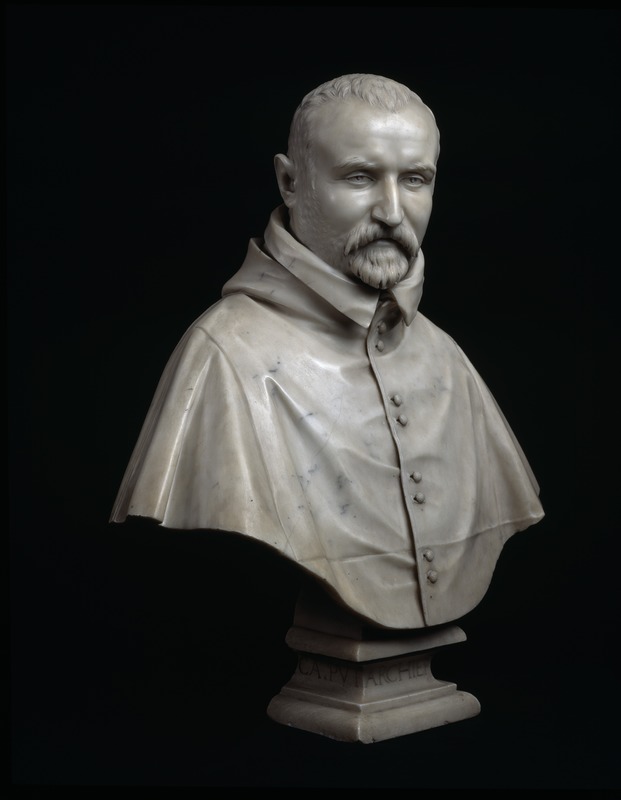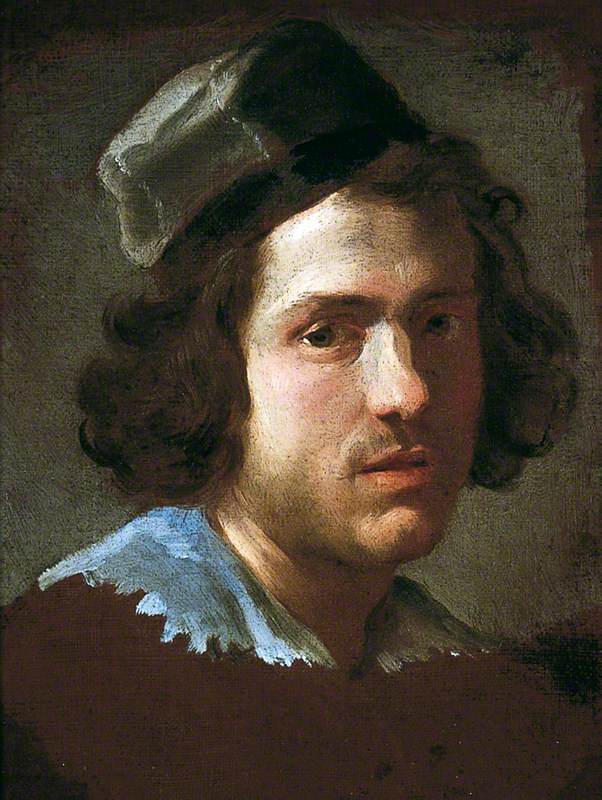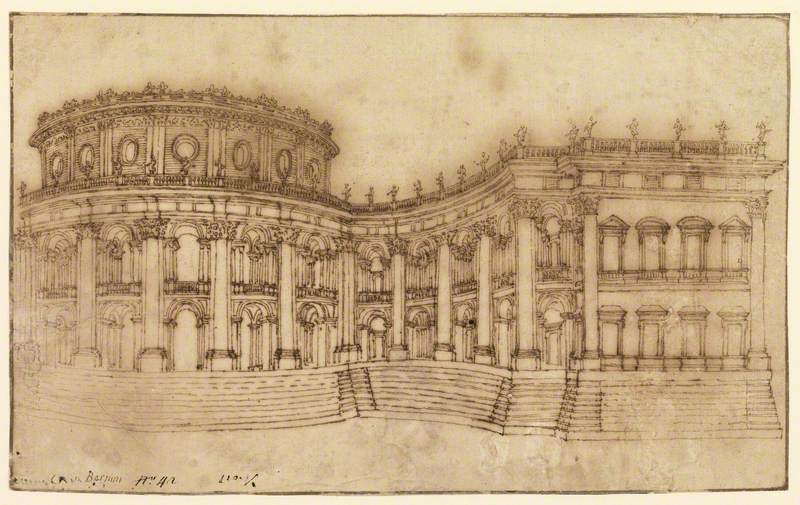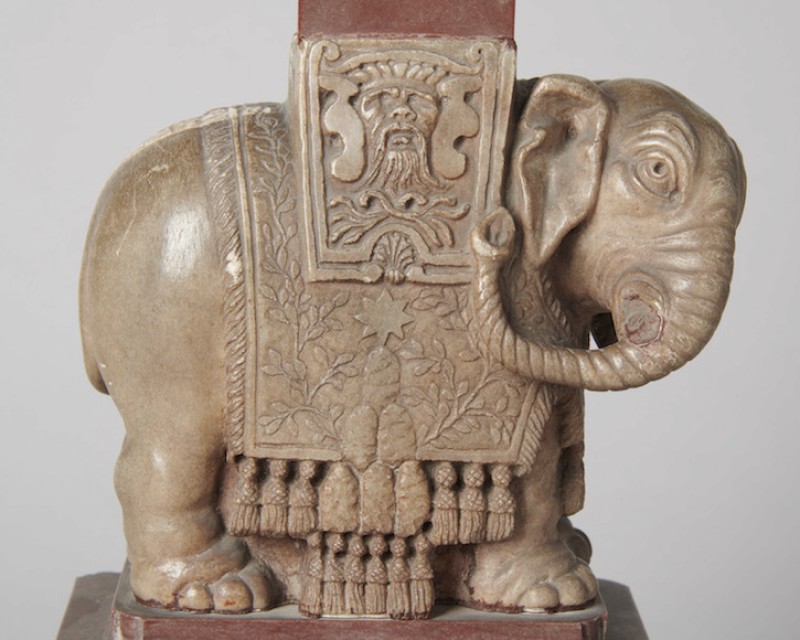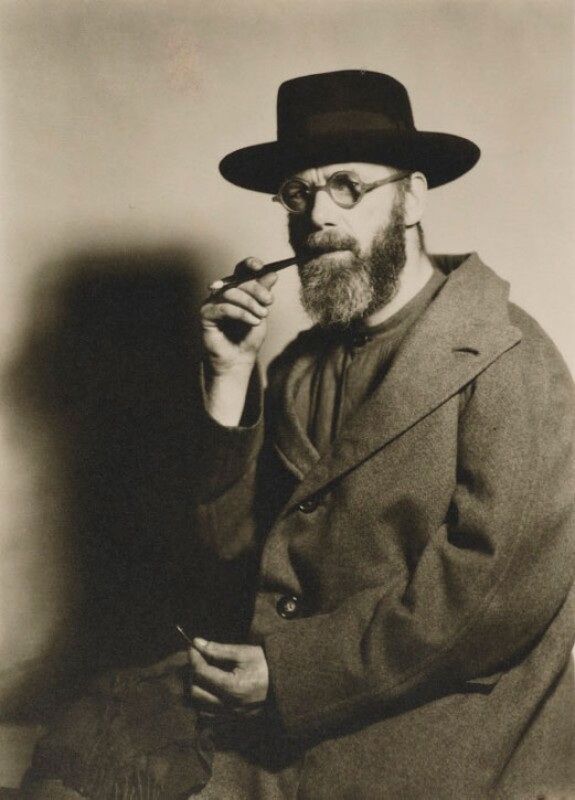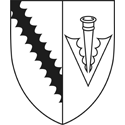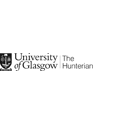(b Naples, 7 Dec. 1598; d Rome, 28 Nov. 1680). Italian sculptor, architect, painter, draughtsman, and designer, the supreme artist of the Italian Baroque. His father, Pietro (1562–1629), was a Mannerist sculptor of some distinction, active in Naples and then from c.1605 in Rome, and Gianlorenzo owed to him not only his early training in the handling of marble but also his introduction to the powerful patrons, the Borghese and the Barberini, who fostered his early career. For Cardinal Scipione Borghese he executed a remarkable series of life-size marble sculptures: Aeneas, Anchises, and Ascanius (1618–19), the Rape of Proserpine (1621–2), David (1623), and Apollo and Daphne (1622–5), all in the Borghese Gallery in Rome. In their dramatic vigour and movement these works made a complete break with the Mannerist tradition, and they showed unprecedented virtuosity in making cold stone seem as supple as living flesh (his biographer Baldinucci commented that ‘his chisel was applied in such a way that one could believe it had been cutting wax instead of marble’).
Read more
After the election of Maffeo Barberini as Pope Urban VIII (1623) Bernini became the principal artist in the papal court and in Rome. According to Baldinucci, Maffeo had ‘scarcely ascended the sacred throne’ when he summoned Bernini and told him: ‘It is your great fortune to see Cardinal Maffeo Barberini Pope, but our fortune is far greater in that Cavalier Bernini lives during our pontificate.’ In 1629 he was appointed architect to St Peter's, for which his work included the great bronze baldacchino over the high altar (1624–33), the huge marble statue of St Longinus (1629–38), which stands in a niche in one of the piers of the crossing, and Urban's tomb (1628–47), which is in bronze and white and coloured marbles. However, after Urban's death in 1644 Bernini fell under a cloud. This was partly because of one of his rare failures (a bell-tower he added to the façade of St Peter's was demolished in 1646 because of structural problems), but as much because of the more conservative taste of the new pope, Innocent X, who favoured Bernini's rival, Algardi.During Innocent's papacy (1644–55) Bernini worked mainly for private patrons. The Cornaro Chapel, with the celebrated marble group of the Ecstasy of St Teresa, in S. Maria della Vittoria dates from this period (1645–52). Although it is a comparatively small work, it is the supreme example of Bernini's aims and achievement in the fusion of sculpture, architecture, and painting into a decorative and emotional whole. Bernini never lost his position as architect to St Peter's, however, and he did do some work for Innocent, including the Fountain of the Four Rivers (1648–51) in the Piazza Navona. This is the most famous and spectacular of Bernini's fountains, and with these, his buildings, and his outdoor statuary he has had a greater effect on the face of Rome than any other artist. After Innocent's death in 1655 and the accession of Alexander VII (Fabio Chigi), he was restored to full favour and was almost immediately given two major commissions at St Peter's: the decoration of the Cathedra Petri (Throne of St Peter), and the building of the vast colonnade round the piazza in front of the church. The Cathedra Petri (1657–66), a setting for the wooden chair believed to have been used by St Peter, provides an appropriately spectacular sight to conclude the vista at the east end of the church. Four immense bronze figures of Doctors of the Church support the chair, also encased in bronze, and gilt angels and cherubs float above on stucco clouds; they surround a window bearing an image of the Dove of the Holy Spirit, from which a burst of light seems to emanate. The enclosure of the piazza in front of St Peter's is his greatest achievement as an architect—a design of the utmost dignity and grandeur, expressing the overwhelming authority of the Church. Bernini himself compared the sweeping colonnades to motherly arms that reach out to ‘embrace Catholics to reinforce their belief’.In 1665 Bernini visited Paris with the aim of designing the east front of the Louvre, but his plans were abandoned in favour of a French design, and the trip—which he had made unwillingly—was not a success (the ‘invitation’ from Louis XIV was in effect a command—one of a series of humiliations that he inflicted on Pope Alexander VII and a sign that the balance of artistic power was beginning to shift from Italy to France). After his return to Rome Bernini continued to be extremely active into his old age (he was renowned for his phenomenal energy—an aspect of his fiery and quick-tempered personality). His late religious works are intensely spiritual, reflecting his own ardent faith (The Blessed Lodovica Albertoni, 1671–4, S. Francesco a Ripa, Rome). As an architect his late work included both secular and religious buildings, notably the façade (begun 1664) of the Palazzo Chigi, which had great influence on Baroque palace design throughout Europe, and S. Andrea al Quirinale (1658–70), a fairly small church but one of his most sophisticated designs in its use of rich architectural and sculptural decoration to create an appropriate setting for the mysteries of the Catholic faith.In addition to large works of sculpture and architecture, Bernini executed many portrait busts, among the finest of which are those of Louis XIV (1665, Versailles) and Costanza Buonarelli (c.1635, Bargello, Florence), the wife of one of his assistants, with whom he had a stormy love affair before he made a happy marriage in 1639. He believed that the best way to achieve a sense of animation in a portrait was to depict the sitter just before or after speaking, so he often shows the lips—like Buonarelli's—slightly apart. To help him create such vivacity he used to talk to his sitters while making quick sketches of them from various angles (in similar vein, he made witty caricature drawings). Bernini was also—for his private pleasure—a painter of such high quality that his rare surviving works (which include several self-portraits) have sometimes been attributed to Velázquez; his portrait of Poussin (c.1627, York AG) was long considered to be a self-portrait by the French artist. His versatility was also expressed in his passionate interest in the theatre. There are few material remains of his activity in this field, but the diarist John Evelyn saw a remarkable demonstration of his prowess when visiting Rome in 1644: ‘Bernini…gave a public opera wherein he painted the scenes, cut the statues, invented the engines [stage machinery], composed the music, writ the comedy, and built the theatre.’Bernini's work was a dominant influence on sculpture in Italy (and to a certain degree in other Catholic countries) until well into the 18th century, but thereafter his reputation plummeted. To the Neoclassical taste of the later 18th century, his approach to sculpture was anathema, to Ruskin in the 19th century it seemed ‘impossible for false taste and base feeling to sink lower’, and to the devotees of the idea of truth to materials in the 20th century he was, in Rudolf Wittkower's words, ‘the Antichrist personified’. It was only in the second half of the 20th century that he came to enjoy a reputation, comparable with his status in his lifetime, as the greatest sculptor since Michelangelo and one of the giants of Baroque architecture.
Text source: The Oxford Dictionary of Art and Artists (Oxford University Press)
